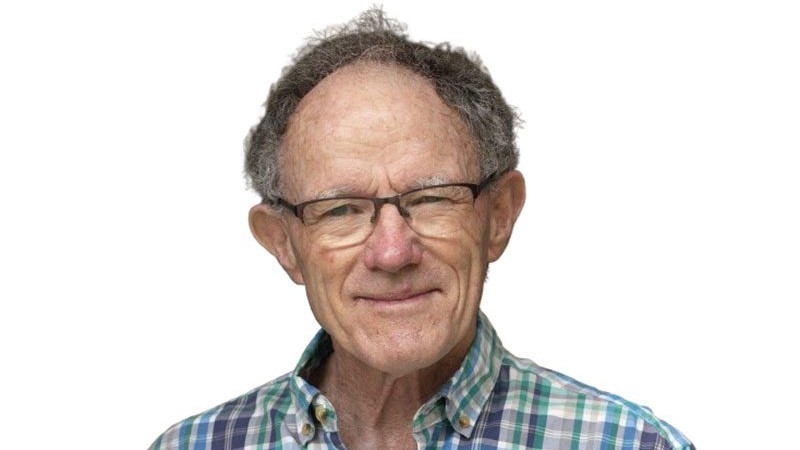
Don’t be the weak carbon link in the supply chain …
We’ve all heard of emissions, but how many have even heard of Scope 1, 2, or 3 emissions – let alone know what they are? Scope 3 is a big deal for road transport customers.
In the quest to decarbonise almost everything, international markets are putting product carbon footprints under the microscope. And a product’s footprint isn’t just emissions from a manufacturer’s own premises, but from every step on the product journey from, say, a sheep station in Otago to a boutique in Paris.
Scope 1 emissions are those a company can control directly (such as their own premises, plant and vehicle fleet). Scope 2 emissions are just from generating electricity purchased by the company. And Scope 3 are everything else in the supply chain, like raw product extraction, plus transport to the factory and then on to the consumer.
In our remote corner of the globe, we often don’t realise just how far ahead and discerning the rest of the world is. At Hamburg’s giant Eurogate container terminal, managers know very well their emissions are Scope 3 for every product in the 5,000,000 containers they handle annually. When I visited in 2016, they were eight years into a 12-year decarbonisation plan and were ahead on all targets: they’d installed their own wind turbines, LED terminal lighting and even regenerative electric cranes (generating electricity as the load lowers), and they were progressively electrifying their straddle trucks.
At New Zealand’s 2024 Agriculture and Climate Conference, the importance of Scope 3 to markets was a recurring theme. Woolworth’s Catherin Langabeer explained that the company’s Scope 3 emissions were a staggering 94% of its total, and ASB’s rural manager, Aidan Grant, flagged Scope 3 as a big opportunity for improvement.
But Fonterra’s Jenna Grieve pointed out it can be hard for some manufacturers to pin down their Scope 3 emissions, and there was even talk of “insetting” (a manufacturer investing elsewhere in their supply chain to help partnering companies decarbonise).
So, what might this mean for the trucking sector? It means every truck operator carrying someone else’s goods will increasingly need to understand their emissions and plan for their reduction. Then, they can better help their customers understand their Scope 3.
An important first step on getting ahead of the curve is to know your present carbon footprint (eg, in 2008, Eurogate knew 10% of its footprint was from terminal lighting, 30% from diesel cranes and so on, enabling it to target where to invest in reduction).
An important second step is then having a plan to reduce those emissions.
With nearly 10% of New Zealand’s net emissions coming from trucks, it’s worth a hard look, both short term (eg, optimise driver and fuel efficiency, add features to lower drag-coefficients, reschedule to enable lower speeds, use biodiesel blends when available) and long term (maybe electrify, review vehicle sizes, work creatively with shipping, rail and other operators).
And, of course, it’s not just about carbon accounting. ASB’s Grant summed it up well: “If you don’t look after the planet, you’re not running a good business.”




